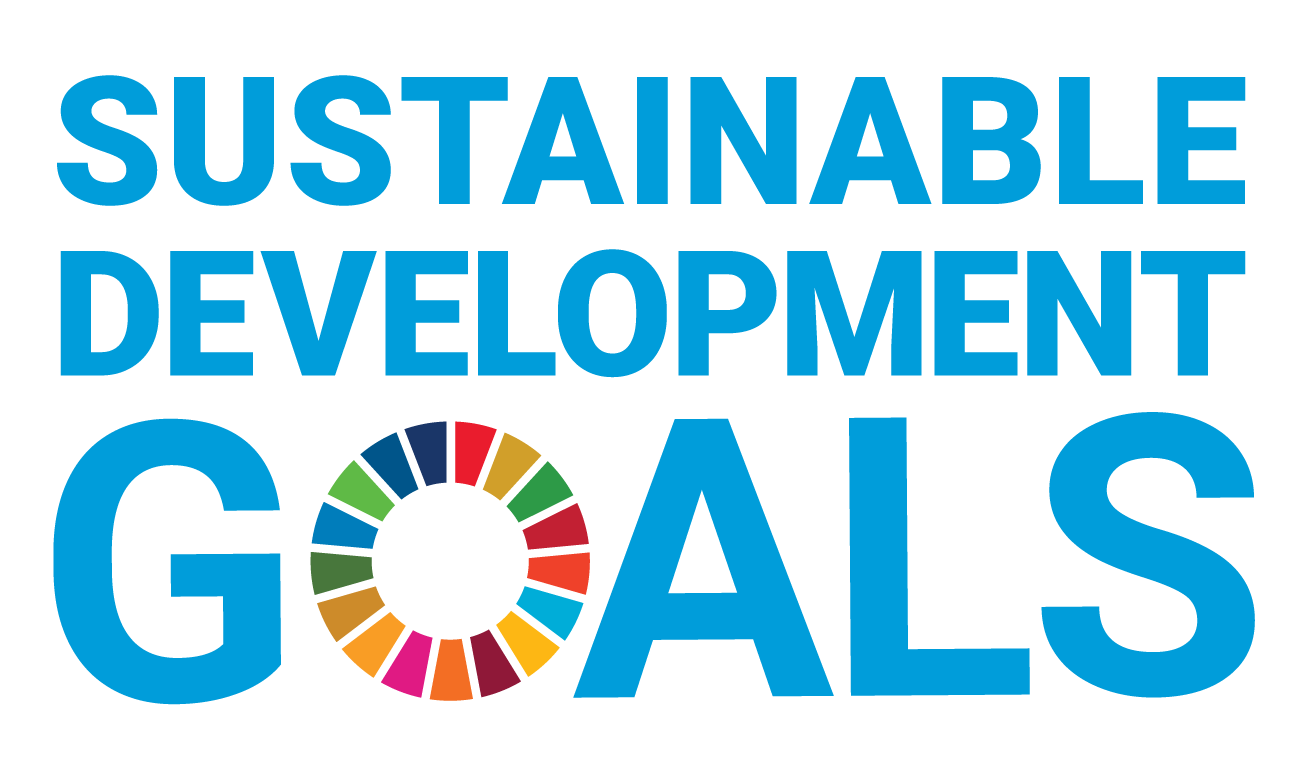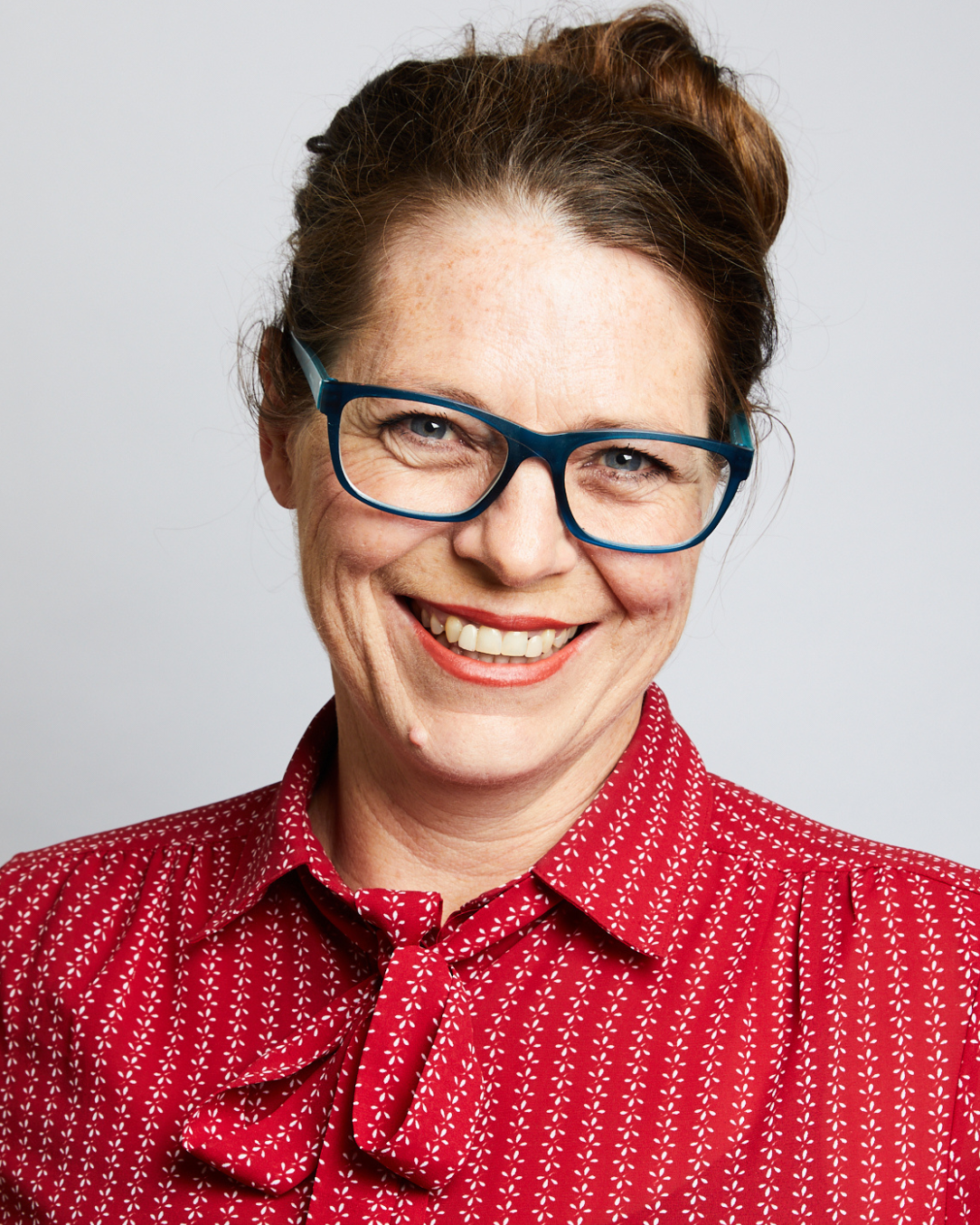You can search for courses, events, people, and anything else.
"Any time we confront new technologies our first response is fear, and then we learn to moderate that and approach it differently. In the past few years the pandemic gave many people reason to pause and rethink technology," says Amanda Third, Professorial Research Fellow in Digital Social and Cultural Research at Western Sydney University.
One of the main drivers of Third’s work is Article 12 of the United Nations Convention on the Rights of the Child (UNCRC), which specifies the rights of young people to be involved in the decisions that affect their lives. Stakeholders around the world, including children, want to harness the potential of technology to respect, protect and fulfil children’s rights, she explains.
This approach, balancing children’s rights to protection with their rights to participation, is at the heart of the work of Western’s Young and Resilient Research Centre, of which Third is a co-director.
It draws on her work on large-scale qualitative studies that have been implemented in 79 countries focusing on children’s and young people’s use of digital technologies and other dimensions of their lives. A crucial feature of these studies is including children’s perspectives, using artistic and play-based methods that allow them to explore topics and find a way to express what is important to them.
Need to know
- The UN specifies that children deserve to be involved in decisions that shape their lives.
- Their rights to protection must be balanced with their rights to participate.
- Western’s Young and Resilient Research Centre involves children as participants in research.
"There is a global political constituency of children."
Third was involved in coordinating international public consultation and drafting UNCRC General Comment 25 on children’s rights in relation to the digital environment. General comments provide evidence-based guidance to governments and NGOs about how to interpret the meaning and interpretation of the Convention of the Rights of the Child and help set agendas for policy and practice.
Her research has had extensive influence internationally and "engages young people, and a variety of partners across sectors and cultures, to contribute in tangible ways to positive, informed policy and practice outcomes," says Anne Collier, former chair of the US National Task Force on Online Safety, who is based in Utah.
A recent nationwide study in Australia, conducted by Third’s team explored how young people think and feel about climate change, and provides an example of children’s rights to participation.
"As the generation that will inherit the climate crisis, children want their insights and experiences to inform the climate change debate," explains Third. Social media allows young people to connect, share information and to see themselves as united in taking action. "Because of digital media, for the first time in history, children are now able to imagine themselves as belonging to a global political constituency of children," she adds.
Meet the Academic | Professor Amanda Third
Professor Amanda Third (PhD) is Professorial Research Fellow in the Institute for Culture & Society; Co-Director of the Young and Resilient Research Centre at Western Sydney University; and a Faculty Associate in the Berkman Klein Center for Internet and Society at Harvard University (2020-2023). An international expert in youth-centred, participatory research, Amanda’s work investigates the intersections between children's and young people’s technology practices and their mental health and wellbeing, focusing on marginalised groups and rights-based approaches. She has led child-centred projects to understand children’s experiences of the digital age in over 70 countries, working with partners across corporate, government and not-for-profit sectors and children and young people themselves. She led the children’s consultations for and co-authored the UNCRC General Comment 25 on Children’s Rights in relation to the Digital Environment, as part of a team lead by Professor Sonia Livingstone (LSE). She is a Program Co-Leader in the Centre for Resilient and Inclusive Societies; and lead author of Our rights in a digital world: A snapshot of children’s views from around the world (5Rights Foundation, 2021); Young and Online: Children’s Perspectives on Life in the Digital Age (UNICEF, 2017) and Young People in Digital Society: Control/Shift (Palgrave, 2019).
Credit
Future-Makers is published for Western Sydney University by Nature Research Custom Media, part of Springer Nature.
© solidcolours/E+/Getty
© Irina_Strelnikova/iStock/Getty
© Julia M Cameron/Pexels






